Groundwater overdraft occurs when groundwater use exceeds the amount of recharge into an aquifer, which leads to a decline in groundwater level. This condition is occurring in an increasing number of groundwater basins throughout California, and is impacting the state in many ways.
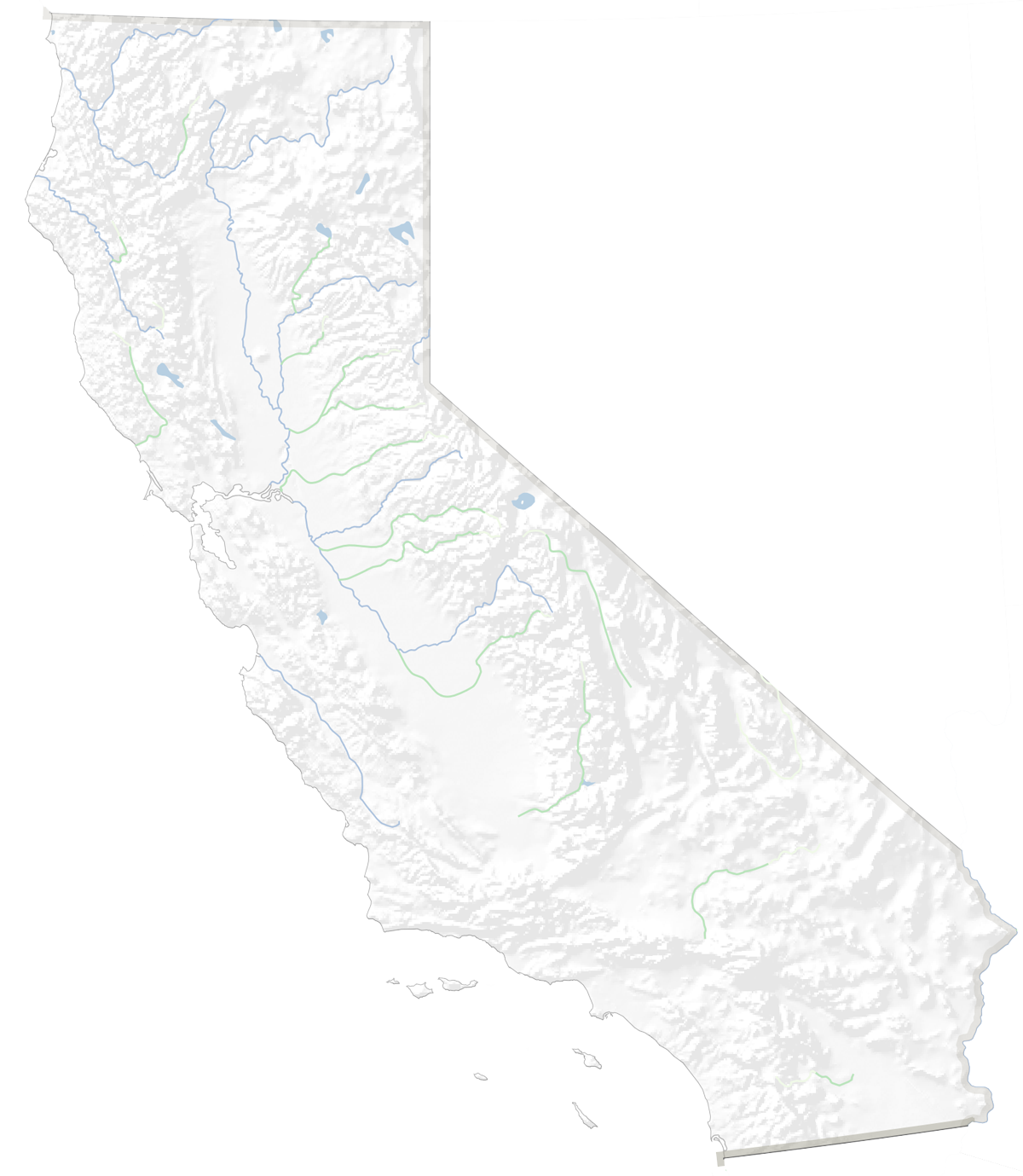
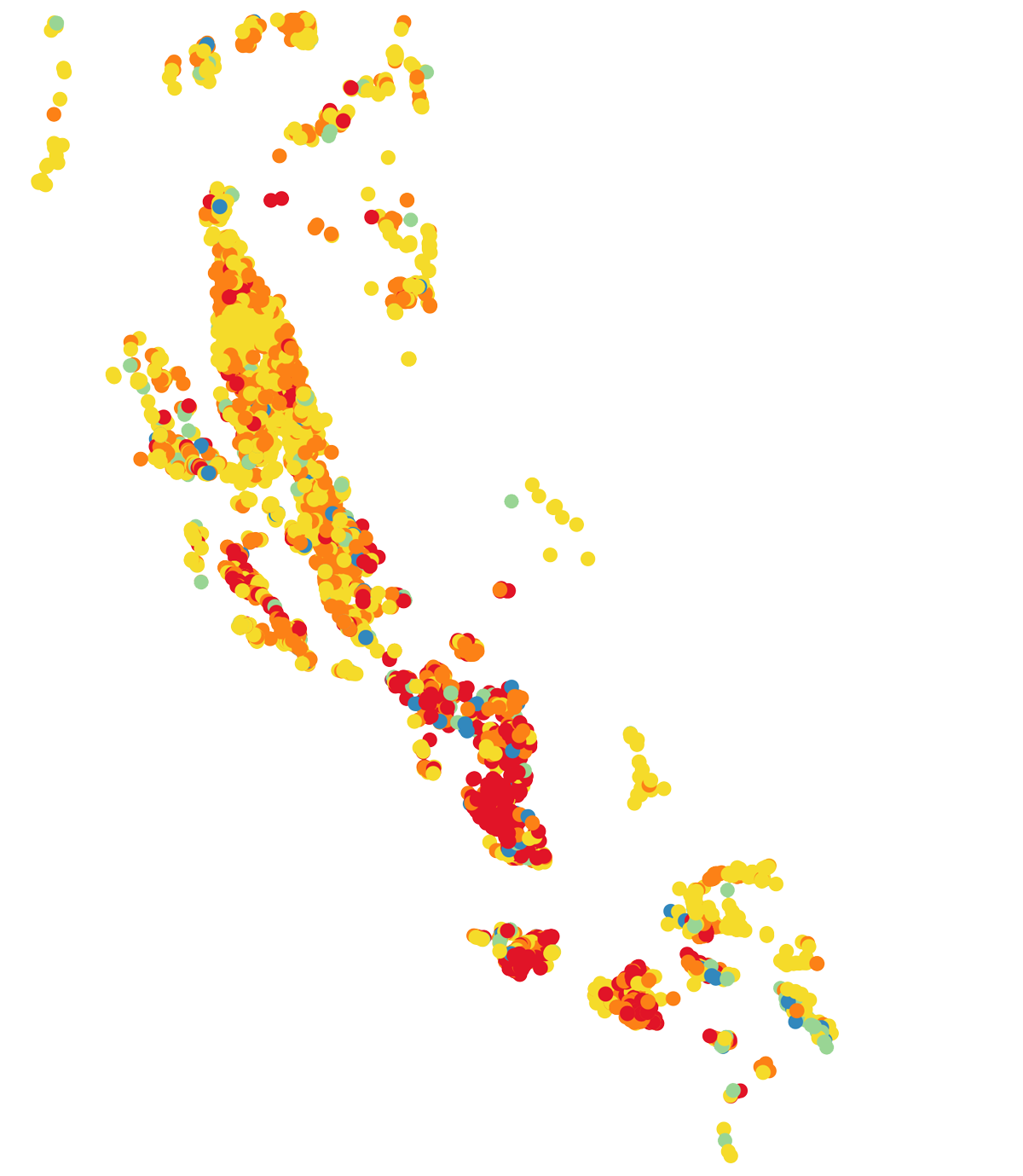
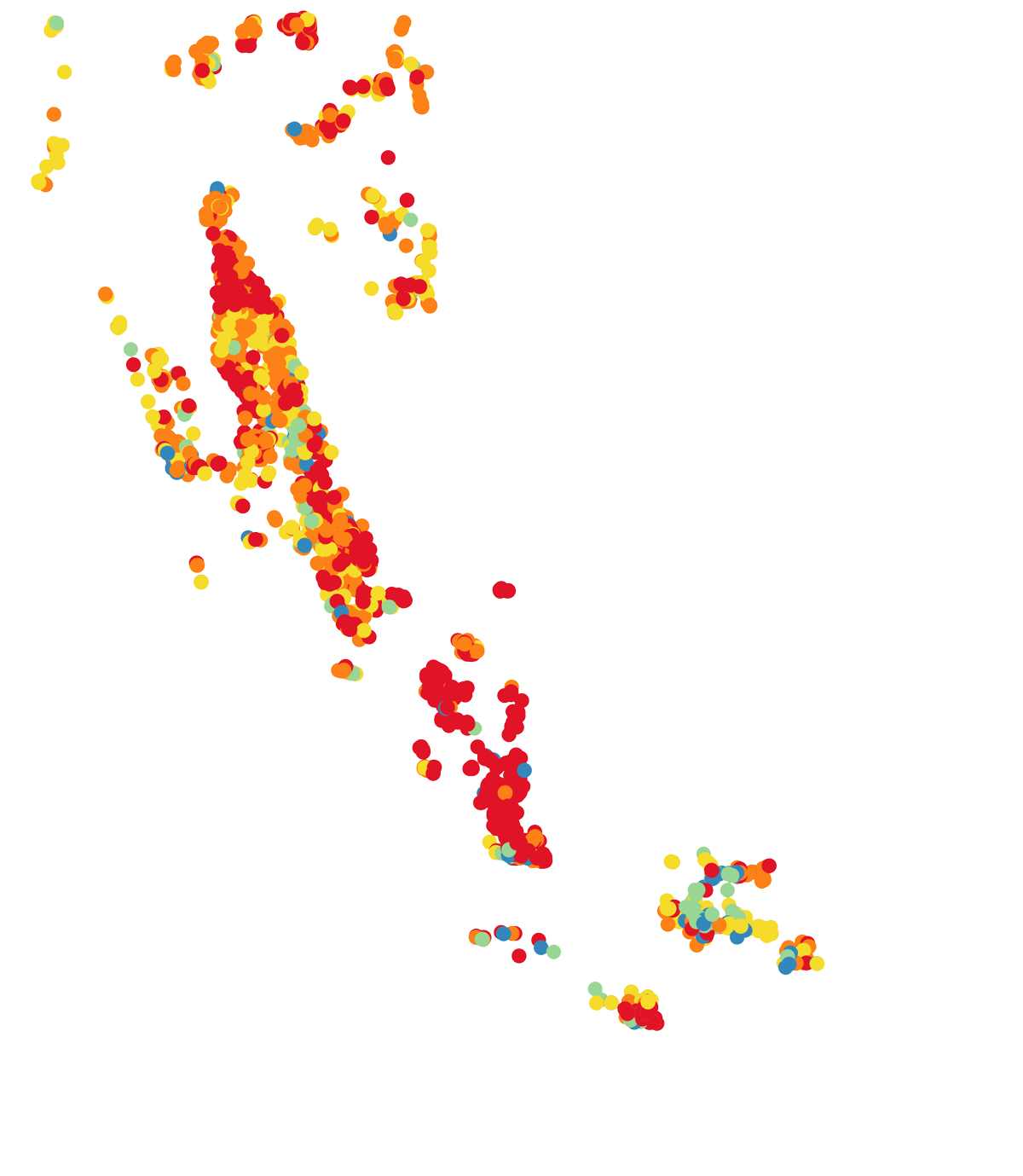
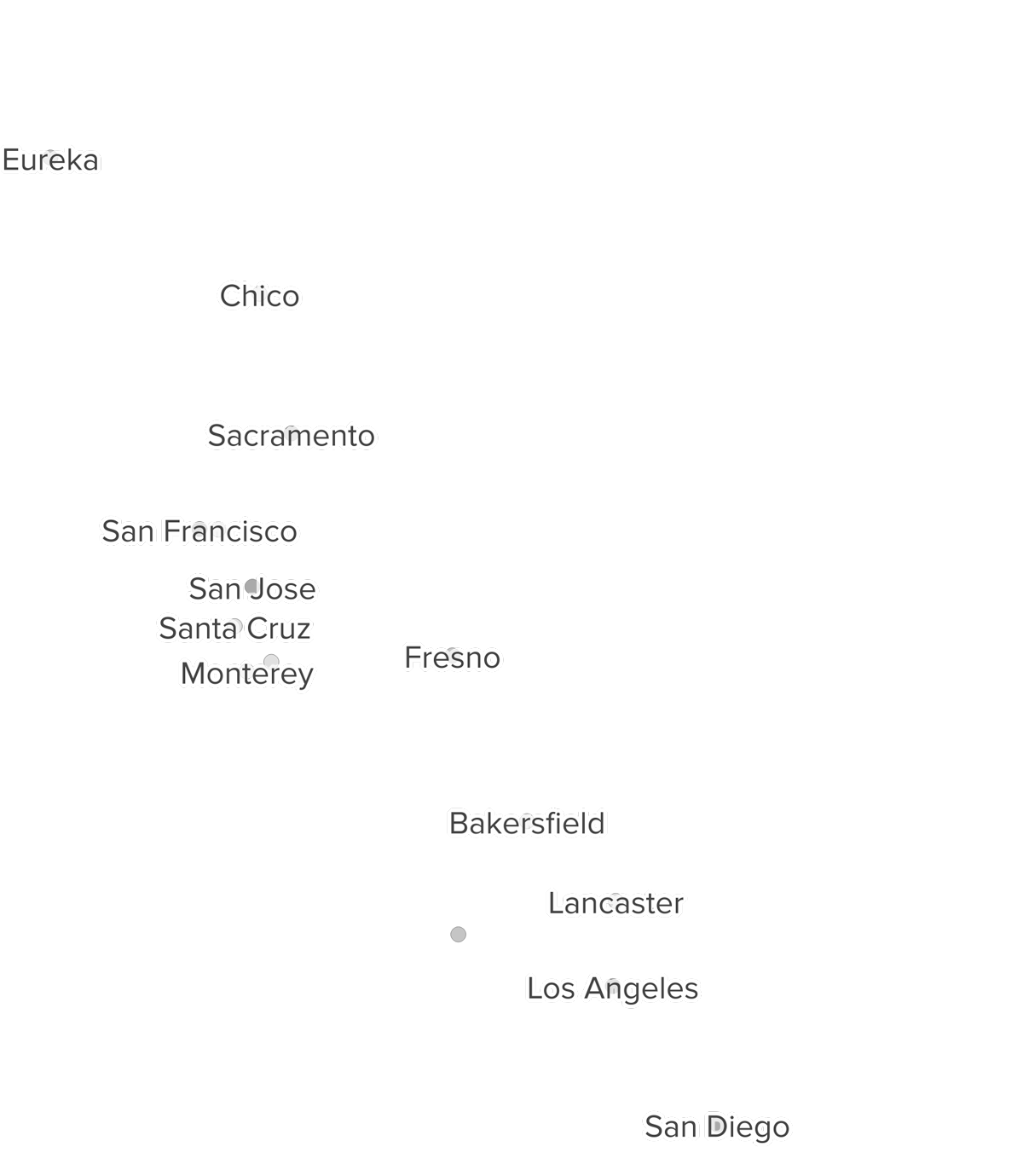

Direct impacts of groundwater overdraft include reduced water supply due to aquifer depletion or groundwater contamination, increased groundwater pumping costs, and the costs of well replacement or deepening. An increasing number of people with domestic wells are seeing them dry up, leading to conflicts. Rural landowners and small-scale farmers are disproportionately affected by overdraft as they have fewer financial resources to dig new or deeper wells or diversify their water supply.
Less obvious are the indirect consequences of groundwater overdraft, which include land subsidence and infrastructure damage, harm to groundwater-dependent ecosystems, and the economic losses from a more unreliable water supply for California.
Many of these impacts are not exclusive to groundwater overdraft. But overdraft will generally exacerbate pre-existing conditions or create new ones entirely.
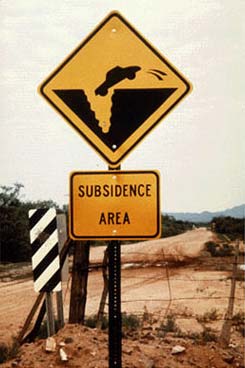
When large volumes of water are removed from a groundwater basin, compaction of the aquifers can occur as clay layers are drained, causing land subsidence – an actual drop in the land’s elevation. Most subsidence is inelastic, meaning that the land surface will not rebound even if previous groundwater levels are restored. Preventing subsidence is therefore vital.
Land surface elevation changes can have serious consequences for infrastructure, including the loss of conveyance capacity in canals, diminished levee effectiveness, and damage to roads, bridges, building foundations, and pipelines. It can also lead to the development of earth fissures, which can damage surface and subsurface structures, as well as provide pathways for contaminants to enter shallow aquifers.
Some areas of the state that have experienced subsidence resulting from groundwater overdraft have stabilized groundwater elevations through good management. For example, portions of the land surface of the Santa Clara Valley subsided approximately 13 feet in the first half of the 20th century. Since then, the Santa Clara Valley Water District has successfully halted additional subsidence by recharging groundwater, diversifying its water supply to include surface water, regulating groundwater withdrawals, and implementing a monitoring program.

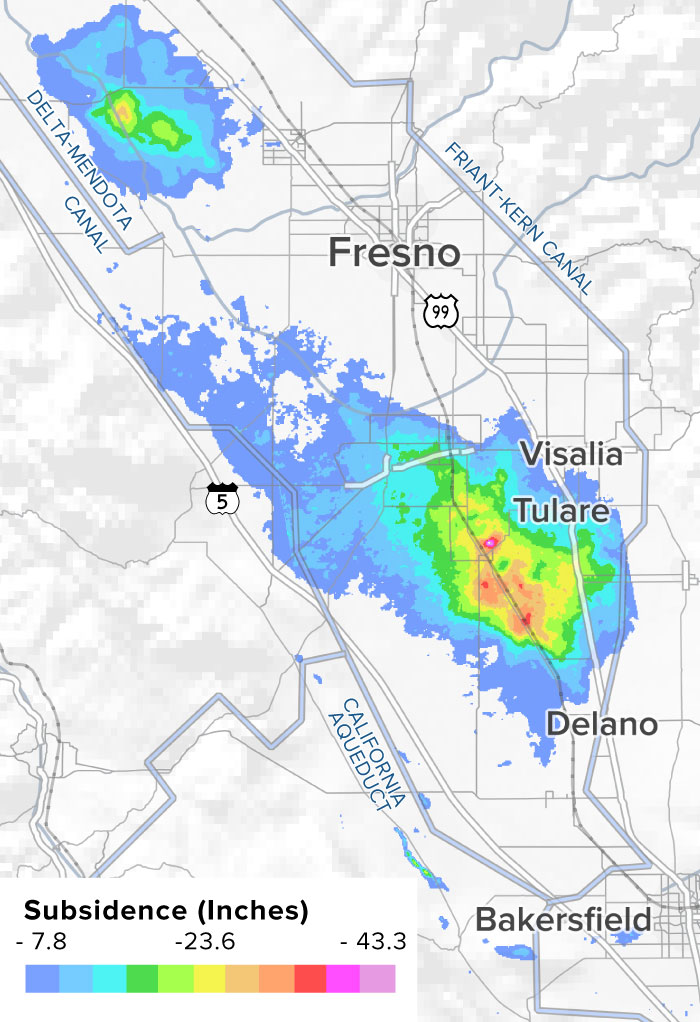
While some basins have made good progress, subsidence continues today in many parts of the state, sometimes at a rate of more than 1 foot/year. In the San Joaquin Valley, subsidence from groundwater extraction has greatly impacted infrastructure such as the San Joaquin River, Delta Mendota Canal, Friant-Kern Canal and San Luis Canal, as well as private canals, bridges, pipelines, and storm sewers.
Technological advances have made monitoring of land subsidence more accurate. Interferometric Synthetic Aperture Radar (InSAR), which provides accurate measures of changes in the land surface elevation, has been used to monitor land subsidence in California’s Central Valley. New research from Stanford University is expanding the capabilities of this tool: a study of Colorado’s San Luis Valley correlated changes in land deformation with estimates of changing groundwater elevations, effectively allowing the measurement of groundwater levels across large areas by satellite.
It takes a great deal of energy to heat, treat, and move water. This is particularly true in California, where water-related electricity use accounts for nearly 20% of California's total electricity consumption. The State Water Project, for example, uses a great deal of energy to move water more than 700 miles and nearly 2000 feet up and over the Tehachapi Mountains from Northern to Southern California.
Energy demand from groundwater use is less apparent, but the total energy required to pump groundwater from thousands of individual groundwater wells across the state -- estimated at 6000 gigawatt hours -- is higher than the annual energy requirements for the entire State Water Project.
Reliance on groundwater for irrigation and a growing population have lead to greater groundwater use and chronically declining groundwater elevations in many parts of the state. Many areas of the San Joaquin Valley are experiencing groundwater levels more than 100 feet below previous historical lows, as chronic groundwater elevation declines are exacerbated by the current drought. This has important implications for energy use and greenhouse gas emissions, as more energy is needed to pump the groundwater up from those greater depths.
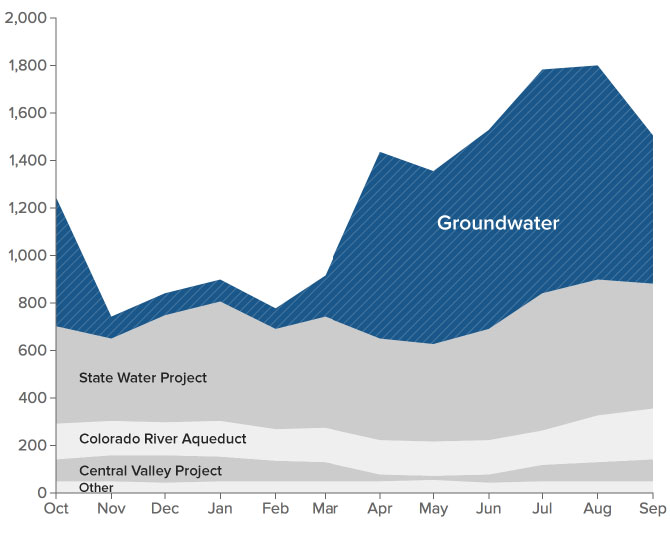
Additionally, the majority of agricultural groundwater pumping happens during the summer, which coincides with peak energy demand in California. This is enormously taxing on the state’s electrical grid. The California Public Utilities Commission estimates that electricity used for groundwater pumping during summer months exceeds that used for pumping the State Water Project, Central Valley Project, and Colorado River Aqueduct combined.
Cities and domestic well users are also suffering from declining groundwater elevations. Fresno, which gets approximately 85% of its water supply from groundwater, withdraws about twice as much water from its aquifer as is recharged by rainfall and stream flows each year. Even with some artificial recharge, groundwater elevations have continued to decline. As a result, the city is struggling with increased electricity costs associated with pumping deeper groundwater, as well as the cost of deepening existing wells and the need for new wells.
Some agencies are taking steps to better understand the energy requirements of their water system before problems occur. The Regional Water Authority, which helps local water agencies in the greater Sacramento region plan for effective conjunctive use management programs, is working with the Sacramento Municipal Utility District (SMUD) to develop a baseline understanding of the energy intensity of the different components of their water system, including groundwater. The primary goal of the SMUD-funded study is to identify improvements that will reduce both water and energy demands, thus reducing greenhouse gas emissions. With this information they can better manage peak energy demand and energy-related expenses, particularly during dry conditions when the more energy-intensive groundwater becomes the dominant source of water supply.
Groundwater overdraft can create new water quality problems or make existing groundwater pollution worse. As aquifer levels decline from chronic overdraft, natural and manmade pollutants can concentrate in the remaining groundwater, making it unsafe for irrigation or drinking without costly treatment. In some cases, wells must be shut down.
All groundwater contains some dissolved minerals derived from the local geology. In addition to naturally-occurring salts and minerals, manmade pollutants such as nitrates, petroleum products, and synthetic chemicals can get into groundwater basins from agricultural and dairy operations, industrial plants, unlined landfills, septic systems, military bases and other sources.
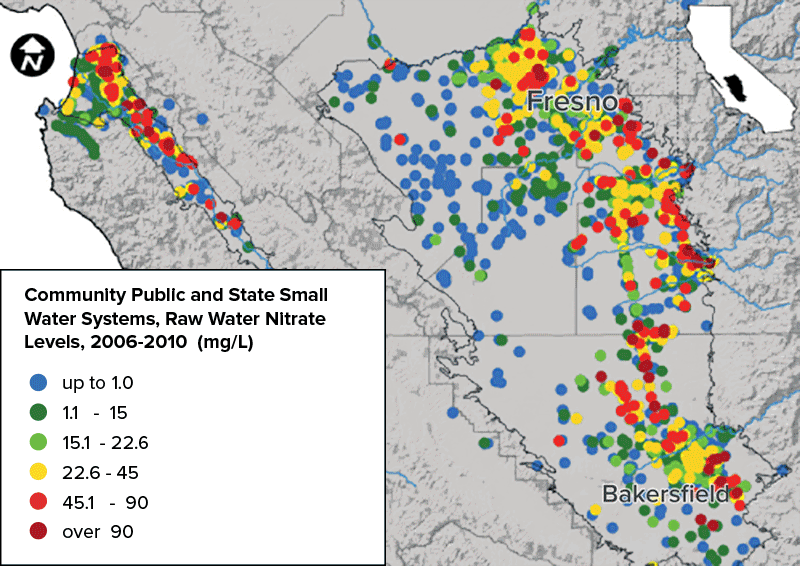
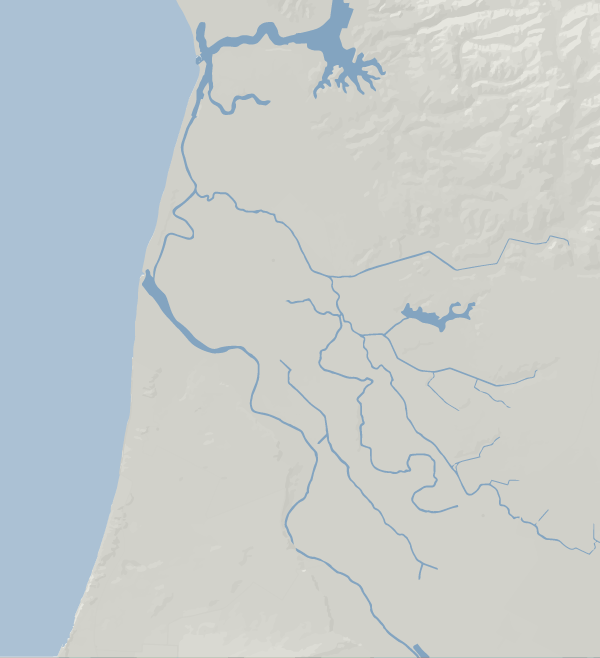













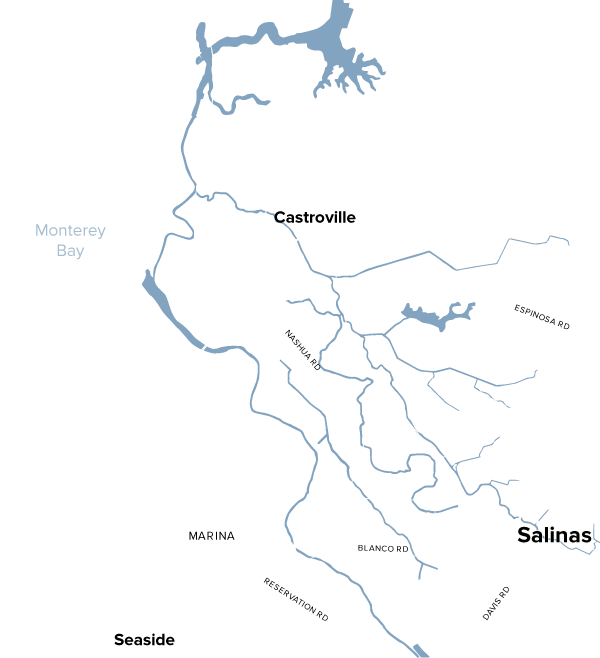

Groundwater contamination is often costly to remediate; prevention is therefore the key. To keep groundwater supplies clean and safe, some required actions include sustaining groundwater elevations over time, regulating pollutant discharges to surface and groundwater, and a thoughtful consideration of appropriate land uses in recharge areas.
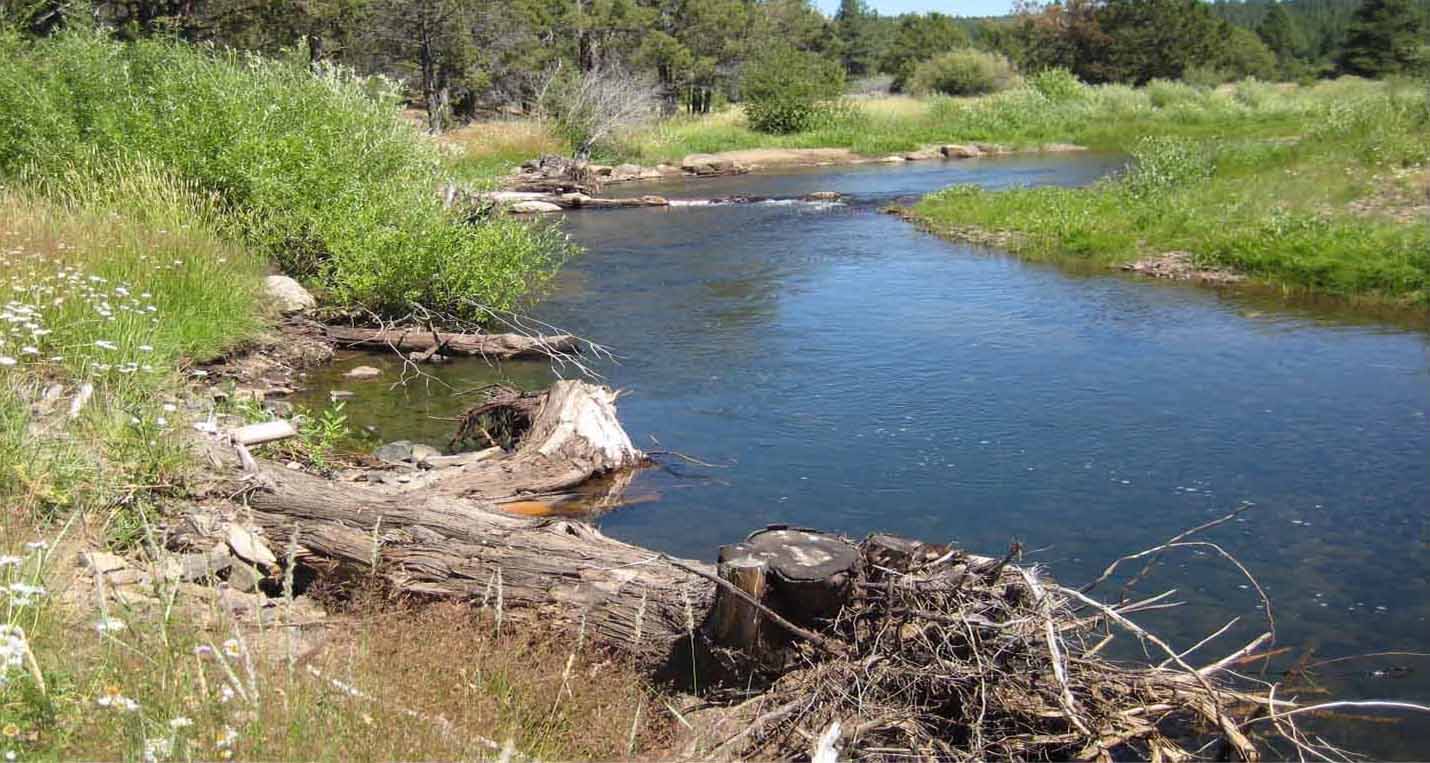
Groundwater and surface water are connected in a variety of ways. Many rivers, streams, wetlands, springs, lakes, and terrestrial vegetation -- and the wildlife they support -- are dependent on groundwater. Conflicts between groundwater use and these groundwater-dependent ecosystems in California have recently been mapped and summarized in this series. Conflicts from groundwater pumping have occurred over solar power plants, fish hatcheries, gravel mines, groundwater substitution transfers and other activities.

For the time being, conflicts between surface and groundwater users will most likely continue to be dealt with through laws of more general application – such as environmental review statutes. Some recent legal developments may start to the change this situation, at least somewhat. Recently passed groundwater legislation (SB1168, SB1319 and AB1739 ) requires a groundwater sustainability agency, where applicable, to include impacts to groundwater-dependent ecosystems in its groundwater sustainability plan. In addition, the law requires such plans to address aquifer draw downs that deplete surface water to such an extent that there is a "significant and unreasonable" effects on beneficial uses of surface water.
In a recent case, a California trial court held that groundwater pumping near the Scott River in northern California has affected river flows and fish, and as such, should be subject to the public trust doctrine. However, the new legislation does not change existing surface or groundwater rights, and it remains to be seen how much of an impact the new case will have. Although the legal wall between surface water and groundwater might be developing a few cracks, that wall still poses an obstacle to the joint management of what is in reality one resource.
Some of the costs of groundwater overdraft are borne directly by groundwater pumpers. These costs come from the higher energy costs resulting from pumping deeper groundwater, drilling a deeper or replacement well, and treating declining groundwater quality or finding replacement water supplies. However, much of the time, the costs of groundwater overdraft are borne by other Californians in a variety of ways.
Quantifying the costs of groundwater overdraft is extremely difficult due to limited data collection or sharing in many basins. Most of the information we have on groundwater-related costs are historic or piecemeal in nature.
Some examples of groundwater-related costs include:
The impacts of groundwater overdraft are numerous, complex, costly, and have a reach that extends far beyond groundwater pumpers. Broad recognition of the myriad impacts of groundwater overdraft was a key factor in the push for new groundwater legislation in California. Passage of the groundwater bills is a crucial start, but it is only the beginning of the long road ahead to sustainable groundwater management in the state.
While some of the impacts of groundwater overdraft are permanent, aquifers have a great ability to recover with recharge or replenishment. Adequate groundwater management as supported by the new bills is critical to help ensure that groundwater use is balanced by long-term viability of the basins and the many people who depend on it, which extend far beyond the groundwater pumpers.
California is an arid state with limited surface water and groundwater resources, so basic measures to increase our water supply through water conservation, water recycling, and reuse will help the state better prepare for future droughts while alleviating pressure on our groundwater basins.